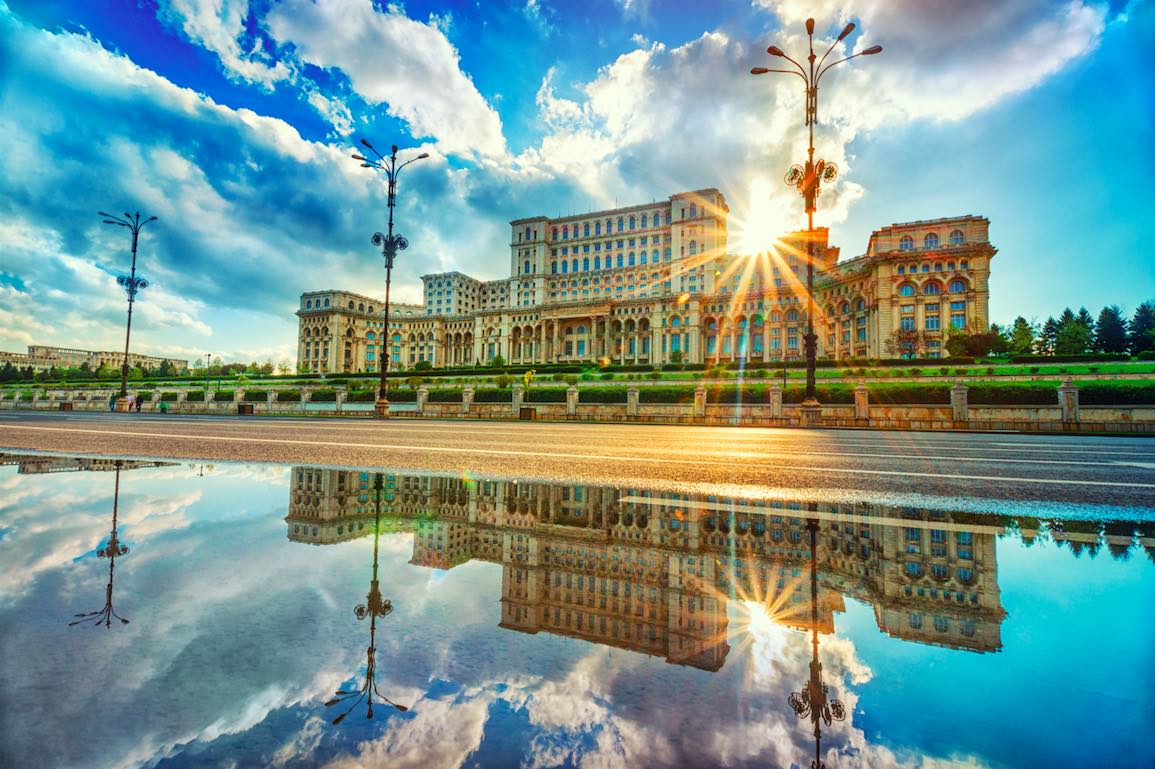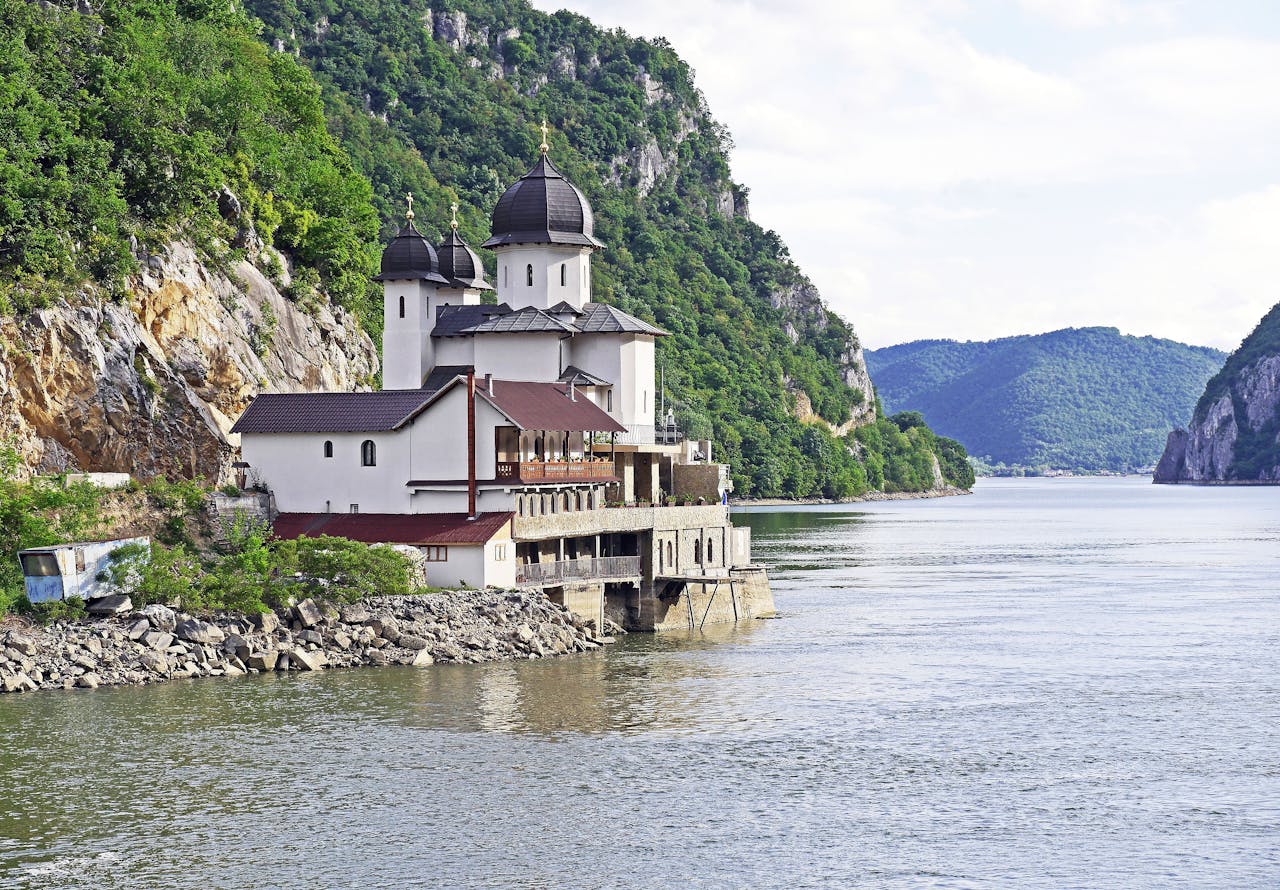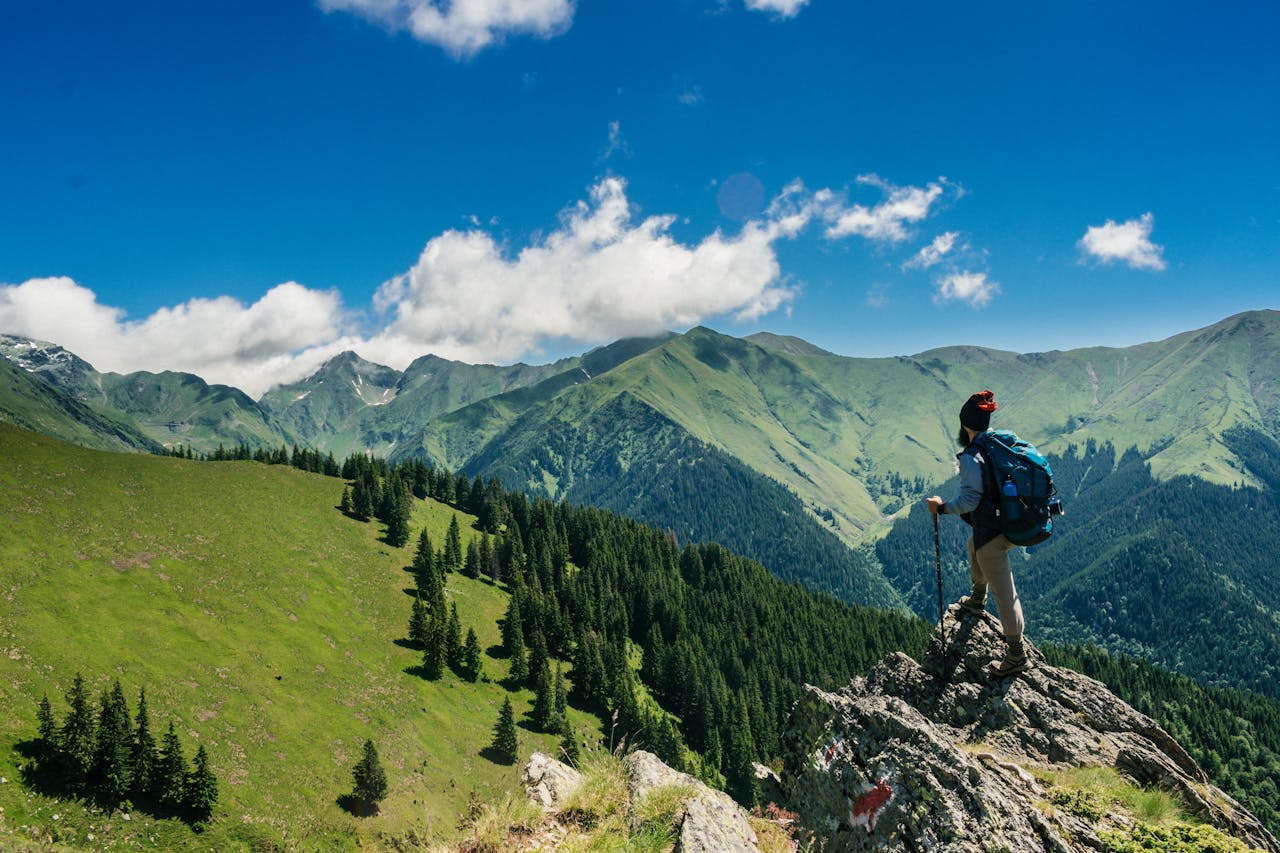羅馬尼亞市場研究

羅馬尼亞的市場研究為發現尚未發展的機會和應對這個充滿活力的經濟的複雜性提供了一個途徑。
您是否想知道企業如何在羅馬尼亞多元化的市場環境中蓬勃發展?羅馬尼亞的市場研究對於揭示消費者偏好、產業趨勢和競爭動態背後的未探索問題至關重要。
什麼是羅馬尼亞的市場研究?為什麼它很重要?
羅馬尼亞的市場研究研究該國的經濟環境、消費者行為、產業趨勢和競爭格局。透過在羅馬尼亞進行市場研究,企業可以了解當地市場動態,包括消費者偏好、購買行為、市場規模和成長潛力。這些知識使公司能夠客製化他們的產品、服務和行銷策略,以有效地滿足羅馬尼亞消費者的需求和期望。
此外,羅馬尼亞的市場研究使企業能夠識別新興趨勢、評估競爭威脅並探索新的市場機會。無論是進入羅馬尼亞市場還是擴大在該國的業務,市場研究對於明智的決策和戰略規劃至關重要。
羅馬尼亞的市場研究幫助企業識別未開發的市場機會並評估競爭格局。透過分析競爭對手的策略、市場定位和優勢/劣勢,企業可以製定策略來使自己脫穎而出並獲得競爭優勢。
何時在羅馬尼亞進行市場調查

在進入羅馬尼亞市場或擴大現有業務之前,應進行羅馬尼亞的市場研究。在進入市場之前了解市場動態、消費者偏好和競爭格局使企業能夠制定量身定制的策略並降低與市場滲透相關的風險。
此外,市場研究對於制定業務目標、確定目標細分市場和有效分配資源等策略規劃至關重要。定期在羅馬尼亞進行市場研究使企業能夠及時了解市場趨勢、預測變化並相應調整策略,以保持在羅馬尼亞市場的競爭力。
此市場研究應包括監控競爭對手在羅馬尼亞市場的活動、策略和表現。透過分析競爭對手的優勢和劣勢,企業可以發現差異化機會、衡量績效並保持競爭優勢。
我們目前的市場回顧和建議
我們相信,該國為尋求成長機會的企業提供了一個充滿希望的環境。近年來,羅馬尼亞經濟表現出韌性,國內生產毛額穩定成長,消費者支出不斷增加,推動各產業市場擴張。
羅馬尼亞市場的一個顯著趨勢是,在網路普及率和智慧型手機採用率提高的推動下,產業數位化不斷發展。這一趨勢為企業提供了利用不斷增長的電子商務市場並利用數位管道進行行銷和銷售的機會。
此外,羅馬尼亞在東歐的戰略位置使其成為外國投資和貿易的有吸引力的目的地。該國加入歐盟為企業提供了進入大型市場和有利的貿易協定的機會,從而增加了市場進入和擴張的機會。
然而,儘管市場條件有利,但在羅馬尼亞經營的企業仍面臨監管複雜性、官僚障礙和基礎設施差距等挑戰。應對這些挑戰需要仔細的策略規劃和市場情報,以有效降低風險並抓住機會。
羅馬尼亞是一個擁有超過 2,000 萬人口的新興經濟體
它的首都是布加勒斯特。它擁有東歐最大的金融和工業中心之一。緊鄰布加勒斯特的主要工業中心是克盧日、蒂米甚瓦拉、布拉索夫和康斯坦察。
羅馬尼亞傳統上是一個以農業為基礎的國家,僱用了羅馬尼亞約三分之一的勞動力。 然而,重點轉向了第二產業,該產業約佔該國國內生產總值和汽車製造、化學生產和食品加工等重工業就業的三分之一。
羅馬尼亞主要旅遊景點

羅馬尼亞以其風景如畫的風景、豐富的文化遺產和歷史地標而聞名,使其成為遊客著迷的目的地。以下是羅馬尼亞七個最重要的旅遊景點:
- 布蘭城堡(德古拉城堡):布蘭城堡位於布拉索夫附近,經常與傳奇人物德古拉伯爵聯繫在一起,是羅馬尼亞最具代表性的地標之一。這座中世紀堡壘讓遊客一窺羅馬尼亞的中世紀歷史和民間傳說。
- 佩萊斯城堡: 派勒斯城堡位於錫納亞附近的喀爾巴阡山脈,是新文藝復興時期建築的典範。這座城堡建於 19 世紀末,擁有精緻的木雕、華麗的家具和美麗的花園,吸引世界各地的遊客。
- 多瑙河三角洲:歐洲最大的濕地和生物圈保護區多瑙河三角洲是生物多樣性和自然美景的天堂。遊客可以探索三角洲迷宮般的水道、沼澤和野生動物棲息地,這裡棲息著各種動植物,包括稀有鳥類。
- 錫吉什瓦拉城堡: 錫吉什瓦拉城堡是特蘭西瓦尼亞一座保存完好的中世紀小鎮,以其鵝卵石街道、色彩繽紛的建築和歷史地標而聞名。它也是穿刺公弗拉德的出生地,也是布拉姆·史托克的《德古拉》的靈感來源。
- 議會宮: 議會宮位於布加勒斯特市中心,是一座雄偉的建築,是世界上最大的行政建築之一。遊客可以在導遊的帶領下遊覽其華麗的內部裝潢、宏偉的大廳和令人印象深刻的建築,這些建築反映了羅馬尼亞的共產主義時代。
羅馬尼亞的重點產業
羅馬尼亞擁有多元化的經濟 多個關鍵產業推動各領域的成長和創新。以下是羅馬尼亞的一些著名產業:
農業和農業綜合企業:羅馬尼亞擁有豐富的農業遺產和廣闊的耕地,使農業成為經濟的重要部門。該國生產各種農產品,包括穀物、水果、蔬菜和牲畜,並向國際市場出口農產品。
能源和再生資源:羅馬尼亞擁有豐富的能源資源,包括煤炭、天然氣和水力發電。近年來,風能、太陽能和生物質等再生能源受到越來越多的關注,推動了再生能源領域的投資。
製藥和醫療保健:在醫療保健產品和服務需求不斷增長的推動下,羅馬尼亞的製藥業正在穩步增長。該國擁有發達的醫療保健基礎設施和不斷增長的藥品、醫療器材和醫療保健技術市場。
觀光與旅館業:羅馬尼亞豐富的文化遺產、風景優美的風景和歷史地標使其成為受歡迎的旅遊目的地。旅遊和酒店業包括酒店、餐廳、旅行社和文化景點,為國家經濟做出了重大貢獻。
製造業和工業生產:羅馬尼亞擁有強大的製造業基礎,工業生產機械、紡織、化學品和消費品。製造業受益於羅馬尼亞的戰略位置、熟練的勞動力以及進入歐洲市場的機會。
羅馬尼亞的領先球員
在羅馬尼亞,一些領先的公司和品牌主導著各個行業,為經濟成長和競爭力做出了貢獻。以下是羅馬尼亞的一些傑出球員:
汽車產業:達契亞是雷諾集團的子公司,也是羅馬尼亞汽車產業的主要參與者。其位於米奧韋尼的製造工廠生產一系列車輛。該公司以其價格實惠且可靠的汽車而聞名,迎合國內和國際市場。
農業和農業綜合企業:Agricover 是羅馬尼亞領先的農業企業公司,為全國農民提供綜合農業解決方案和服務。該公司提供各種產品,包括種子、肥料、作物保護和 農業機械.
能源和再生資源:Hidroelectrica 是羅馬尼亞最大的電力生產商,在全國各地經營一系列水力發電廠。該公司在羅馬尼亞能源市場發揮重要作用,為生產清潔和再生能源做出了貢獻。
觀光與旅館業:Radisson Blu 是全球知名的飯店品牌,在羅馬尼亞的主要城市和旅遊目的地經營多家高檔飯店。該品牌以其高品質的住宿、卓越的服務以及為商務和休閒旅客提供的多樣化設施而聞名。
製造業和工業生產:OMV Petrom 是羅馬尼亞最大的綜合性石油和天然氣公司,涉及石油產品的勘探、生產、精煉和行銷。該公司經營油氣田、煉油廠和石化廠,為羅馬尼亞的工業部門做出了重大貢獻。
不斷成長的經濟

羅馬尼亞擁有新興的中高收入市場導向經濟。它被認為是歐盟的中等收入經濟體。
在這十年的最初幾年,羅馬尼亞經濟經歷了高經濟成長率和快速發展,它經常被稱為“老虎”,以代表其在全球金融危機之前的經濟活力。
不斷變化的商業環境
羅馬尼亞政府提高了競爭力。自1990年代中期以來的勞動力和市場改革加速了中產階級的成長並有助於減少貧困。
維持羅馬尼亞對全球商業的開放以及促進創業行為的商業監管的效率也促進了為實現開放市場經濟而做出的變革。
羅馬尼亞擁有豐富的農業土地、工業發展和天然能源。該經濟也旨在擴大黑海和喀爾巴阡山脈的旅遊業發展,以遊客為目標。
我們在紐約的工廠位置
11 E 22nd Street, Floor 2, 紐約, NY 10010 電話:+1(212) 505-6805
關於 SIS 國際
SIS國際 提供定量、定性和策略研究。我們為決策提供數據、工具、策略、報告和見解。我們也進行訪談、調查、焦點小組和其他市場研究方法和途徑。 聯絡我們 為您的下一個市場研究項目。


